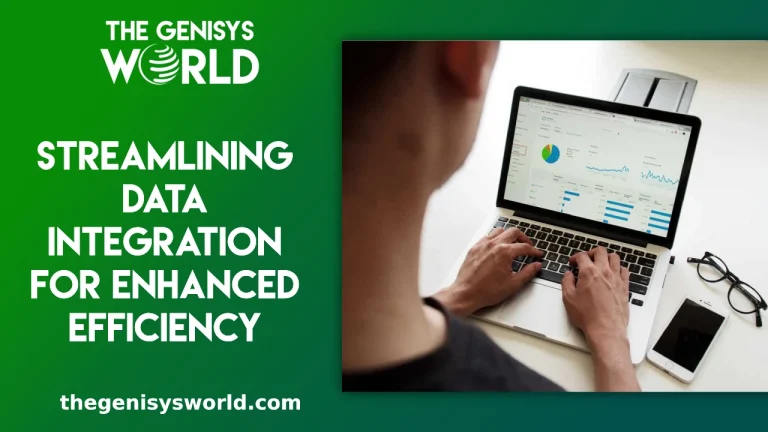How Food Apps Connect Consumers with Local Produce
Food apps have completely changed how consumers access and buy goods, and they are now a mainstay of contemporary convenience. Growing awareness of the advantages of eating fresh, locally sourced food has resulted in a noticeable movement in favor of local produce in recent years. This in-depth guide examines the ways in which food apps are facilitating consumer access to locally grown produce, emphasizing the importance, advantages, difficulties, and potential future developments of this movement.
Understanding the Role of Food Apps
Food apps act as a conduit between customers and regional producers, giving them a way to find and buy a variety of products that are supplied locally. These applications give customers an easy way to receive fresh, high-quality produce straight from nearby farmers and producers, whether it’s fruits, vegetables, dairy products, or artisanal goods. Customers may browse through a wide variety of products, place purchases, and have them delivered straight to their doorstep with only a few clicks on their cellphones.
Benefits of Connecting Consumers with Local Produce
There are several advantages to switching to food that is supplied locally for both the community and the customer. Customers can enjoy fresher, more flavorful food that is frequently harvested at peak ripeness by selecting produce that is farmed locally. Buying locally grown food also supports small-scale farmers and producers, enhancing the community’s economy and conserving its agricultural heritage. Consuming food that is locally sourced improves health by lowering the carbon footprint of food storage and transit, which also results in a more sustainable food system.
Challenges in Accessing Local Produce
Even while buying local fruit has numerous benefits, there are some obstacles to overcome. Locally grown products might not always be readily available in certain places, especially in metropolitan settings where there is a lack of land for farming. big-scale grocery chains that provide a big selection of goods at affordable costs could also pose a threat to consumers. Convenience may sometimes take precedence over sustainability among customers due to a lack of knowledge and understanding of the advantages of eating locally grown produce.
Features of Food Apps Facilitating Connection with Local Produce
A variety of features are included in food applications to make it easier for users to find and purchase local goods. Location-based search is one of the main features that enables users to locate local producers, farmers markets, and farm stands in their area. Furthermore, a lot of apps allow for direct communication between customers and farmers, letting users place bespoke orders, ask questions, and provide product reviews. In addition to assisting customers in making wise selections, reviews and ratings are essential in guaranteeing the dependability and quality of the produce made available through these platforms.
Case Studies of Successful Food Apps
Leading the way in linking consumers with local products are a number of culinary apps. For instance, “Farm2Table” provides a carefully chosen assortment of seasonal produce and links users with local farmers markets. Similar to this, “HarvestHub” delivers weekly boxes of fresh, organic fruits and vegetables to users by collaborating with nearby farms. These apps have not only made it easier to obtain local goods, but they have also contributed to the development of a feeling of community between producers and consumers.
Tips for Using Food Apps Effectively
Here are some guidelines for users to remember in order to get the most out of food apps and properly interact with local products. First and foremost, it’s critical to investigate the entire array of choices made accessible by these platforms, including limited-edition goods and seasonal specials. Furthermore, while choosing products, consumers should place a premium on quality and freshness, whenever feasible choosing locally sourced commodities. Finally, customers may contribute to the development of a more ecologically friendly food system by purchasing ethical products and supporting sustainable farming methods.
The Future of Food Apps and Local Produce
It seems like local produce and culinary apps have a bright future ahead of them. More advancements in this field are likely to come as technology develops, such as improved search capabilities, tailored suggestions, and smooth interaction with other digital platforms. Furthermore, the demand for food obtained locally is expected to continue to rise due to the increased interest in sustainable living and mindful consumerism. Customers can actively contribute to creating a more robust and sustainable food system for future generations by utilizing the potential of food applications.
Conclusion
In conclusion, Food apps are essential in helping customers find local produce since they provide a quick and easy way to get fresh, high-quality products straight from farmers and producers. Consumers can gain a lot by supporting local agriculture, such as healthier communities, fresher food, and less of an influence on the environment. Additionally, creating a food ordering app can further enhance the connection between consumers and local producers, offering a seamless platform for ordering and delivery. Food apps are going to be more and more significant in determining the direction of our food system as the demand for locally sourced food grows.
Unique FAQs
- How do food apps ensure the quality of locally sourced produce?
- Food apps often rely on user reviews and ratings, as well as direct communication with producers, to maintain quality standards.
- Are locally sourced products more expensive than those found in supermarkets?
- While some locally sourced products may be slightly more expensive due to their higher quality and limited availability, many consumers find the added benefits outweigh the cost.
- Can consumers customize their orders through food apps?
- Yes, many food apps offer customization options, allowing consumers to specify preferences such as organic, non-GMO, or gluten-free products.
- Do food apps only cater to urban consumers, or are they accessible to rural communities as well?
- Food apps are designed to cater to consumers of all demographics, including those in rural areas, although availability of certain products may vary depending on location.
- How can consumers support local producers beyond using food apps?
- In addition to using food apps, customers may help regional farmers by supporting policies that encourage sustainable agriculture, participating in community-supported agriculture (CSA) programs, and shopping at farmers markets.







